Philae's Incredible Comet Odyssey: Photos
Incredible Comet Odyssey
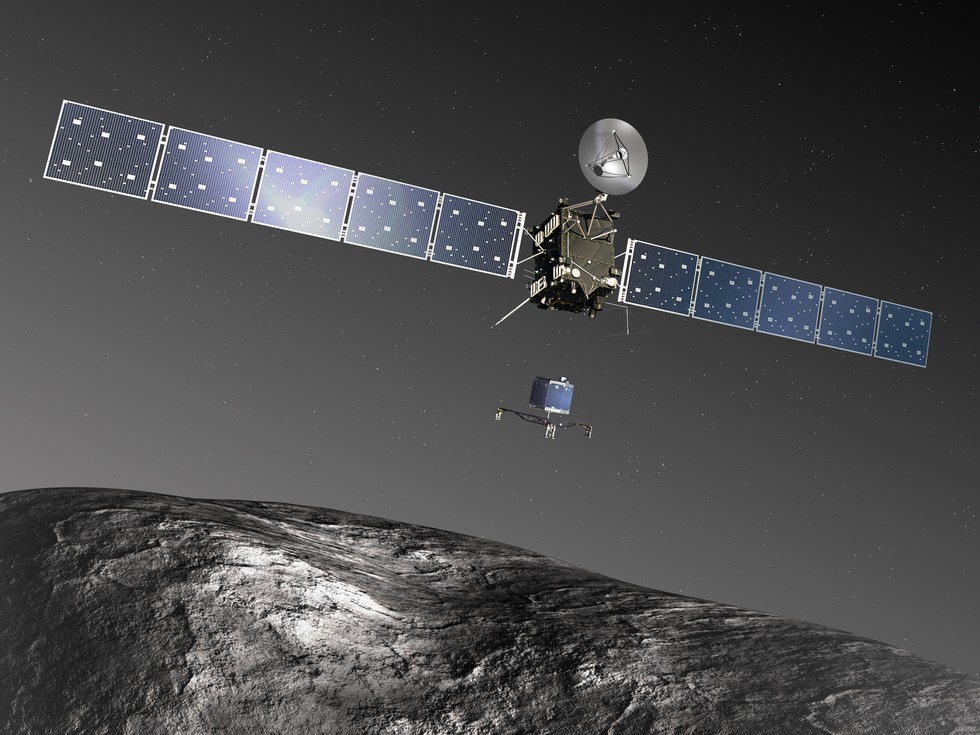
In early September, the European Space Agency finally found the Philae spacecraft on the surface of Comet 67P/Churyumov–Gerasimenko. It was an almost last-minute find for Rosetta, which is about to end its mission and spent almost two years trying to find the lander.
RELATED: Philae Found! Rosetta Spies Dead Comet Lander
Here are some of Philae's major milestones and scientific findings in pictures, as well as its legacy for future missions.
Philae Discovery Image
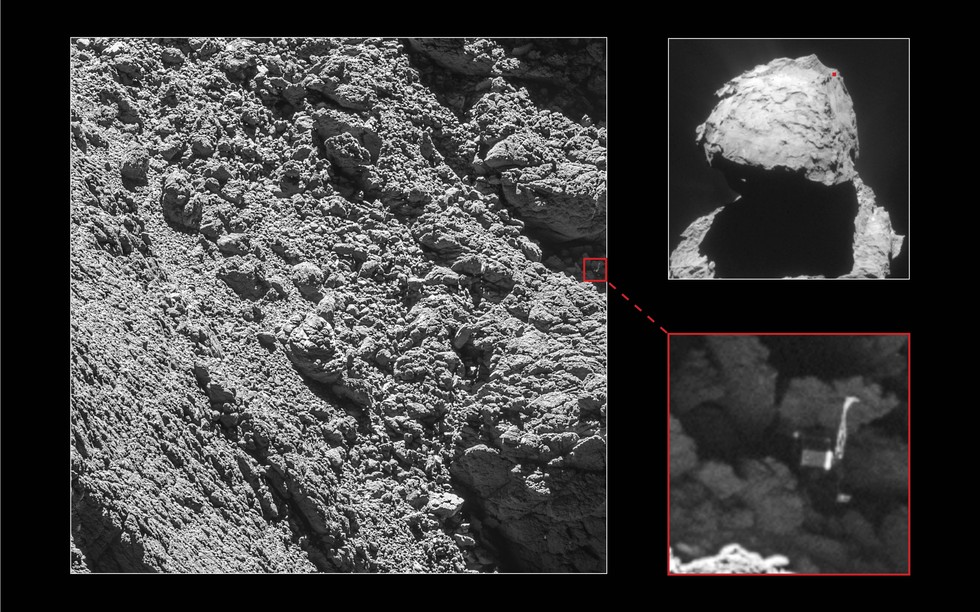
In an extraordinary find, the Rosetta spacecraft finally tracked down the Philae lander in images analyzed on Earth Sept. 4, 2016. Rosetta had spent 22 months searching for the plucky lander in vain, but as the spacecraft spiraled closer to the comet, imaging a suspicious spot showed the Philae lander landing on its side, with legs protruding and several instruments visible. What's exciting is the Rosetta spacecraft still has nearly a month of operations before landing itself on the comet Sept. 30, providing more opportunities to image Philae's final resting place.
Philae's Incredible Journey
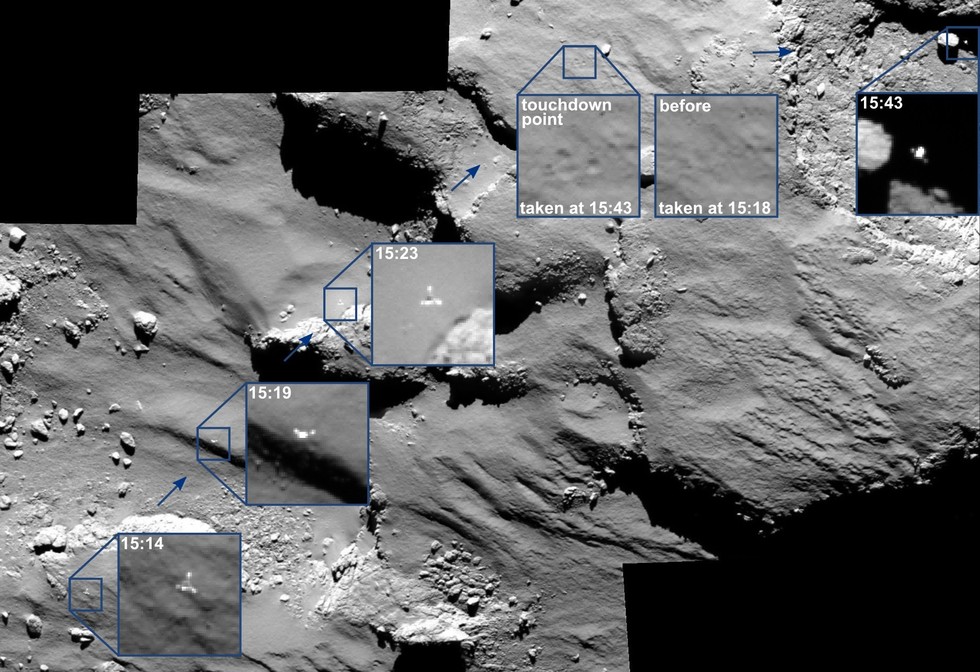
Philae did not have an easy journey to the surface in November 2014. Securing harpoons on the spacecraft failed to fire as planned, so the spacecraft bounced upon its first touchdown. It drifted for about two hours, bouncing off a crater rim, before finally resting in a shady spot. This meant that the lander had to rely on batteries to perform its science, since little sunlight fell on its resting place. These extraordinary images are from the Rosetta spacecraft, which actually was able to keep an eye on Philae for the first 30 minutes of its descent. When this image was released, all the European Space Agency knew about Philae's resting place was it was somewhere to the east.
Gazing at Its Landing Location
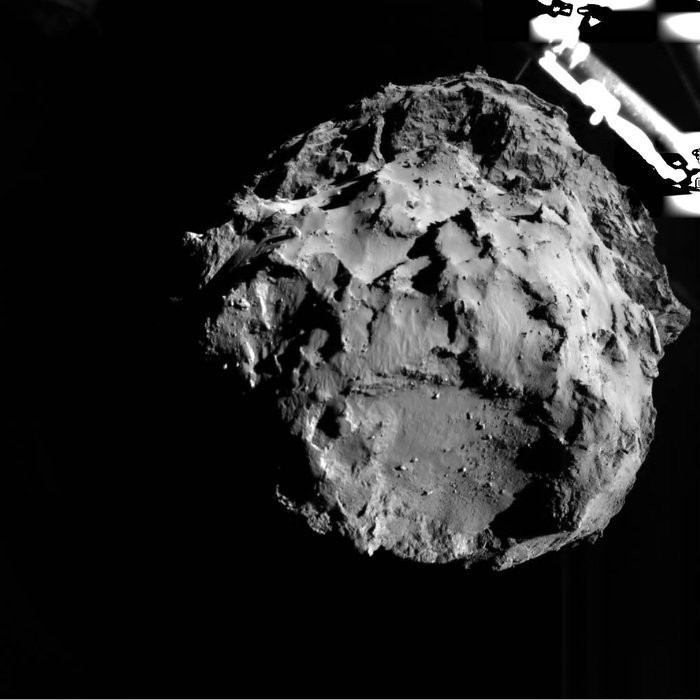
Philae was en route to its first landing site, nicknamed Agilkia, on Comet 67P/Churyumov-Gerasimenko when this image was taken on Nov. 12, 2014. Even in the few images it took during its descent, investigators were able to learn more about the surface. One major finding was looking at a 5-meter high boulder, which has a "peculiar bumpy structure and fracture lines running through it," according to ESA. It was believed to be a clue as to how the comet's boulders erode over time.
Philae's Surface View
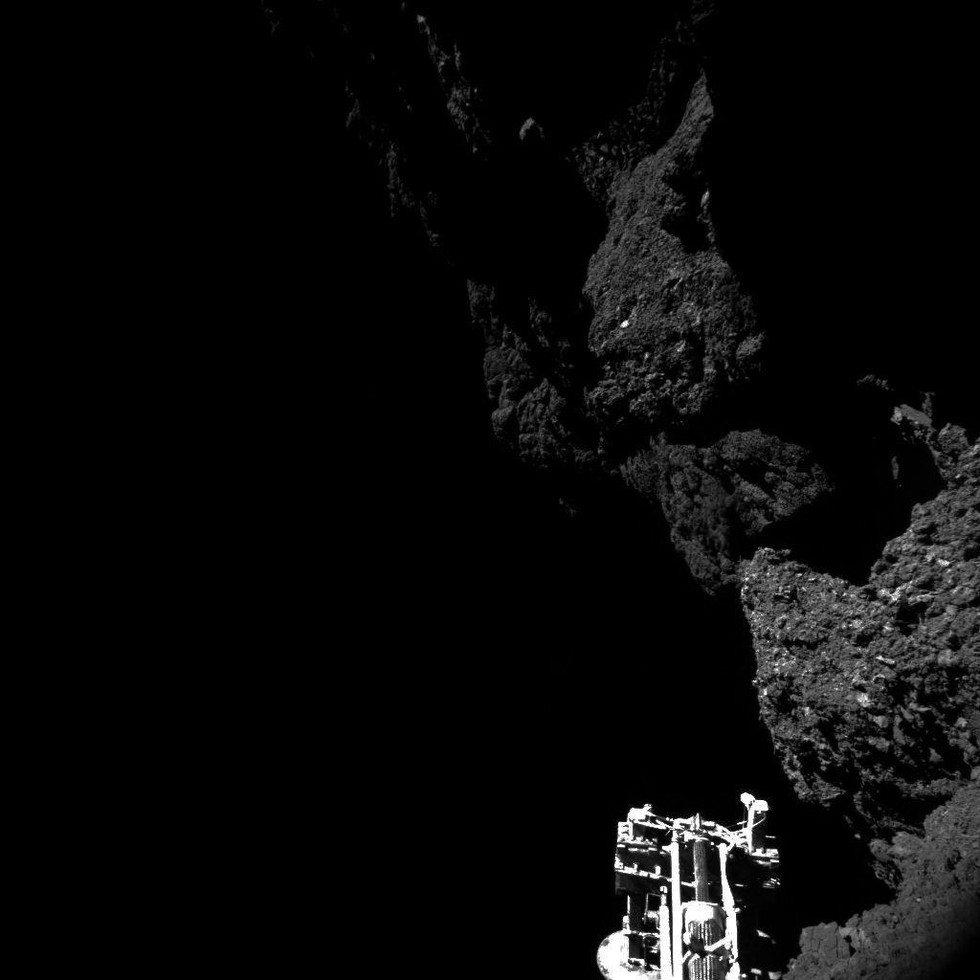
Although Philae only had about 60 hours of data from the surface, scientists worked feverishly to get as much information as they could. The instruments and cameras on the spacecraft were still working despite its odd journey, allowing scientists to image the landing site and also gather information on its surroundings. Philae's short working lifetime still yielded some interesting aspects about Comet 67P/Churyumov-Gerasimenko, such as finding water ice on Philae's first touchdown site, detecting carbon and hydrogen in the comet's atmosphere, and finding several organic compounds on the comet's surface.
Philae's Legacy

While Philae had a short lifespan, its daring descent and landing will help inform future spacecraft operations at small bodies. Comets are extremely challenging environments for any spacecraft because of the risk of eruptions, the constant debris in the area and the uneven gravity around the tiny object. Landing itself (as Philae showed) is also tough because the gravity is so light that there is a huge risk of bouncing and drifting. The European Space Agency and other space agencies will use the information from this landing to improve the chances of other small-body descents in the future. One of those missions is OSIRIS-REx (Origins, Spectral Interpretation, Resources Identification, Security, Regolith Explorer), which is targeted for asteroid Bennu to sample its surface.
Originally published on Discovery News.
Join our Space Forums to keep talking space on the latest missions, night sky and more! And if you have a news tip, correction or comment, let us know at: community@space.com.
Get the Space.com Newsletter
Breaking space news, the latest updates on rocket launches, skywatching events and more!

Elizabeth Howell (she/her), Ph.D., was a staff writer in the spaceflight channel between 2022 and 2024 specializing in Canadian space news. She was contributing writer for Space.com for 10 years from 2012 to 2024. Elizabeth's reporting includes multiple exclusives with the White House, leading world coverage about a lost-and-found space tomato on the International Space Station, witnessing five human spaceflight launches on two continents, flying parabolic, working inside a spacesuit, and participating in a simulated Mars mission. Her latest book, "Why Am I Taller?" (ECW Press, 2022) is co-written with astronaut Dave Williams.
